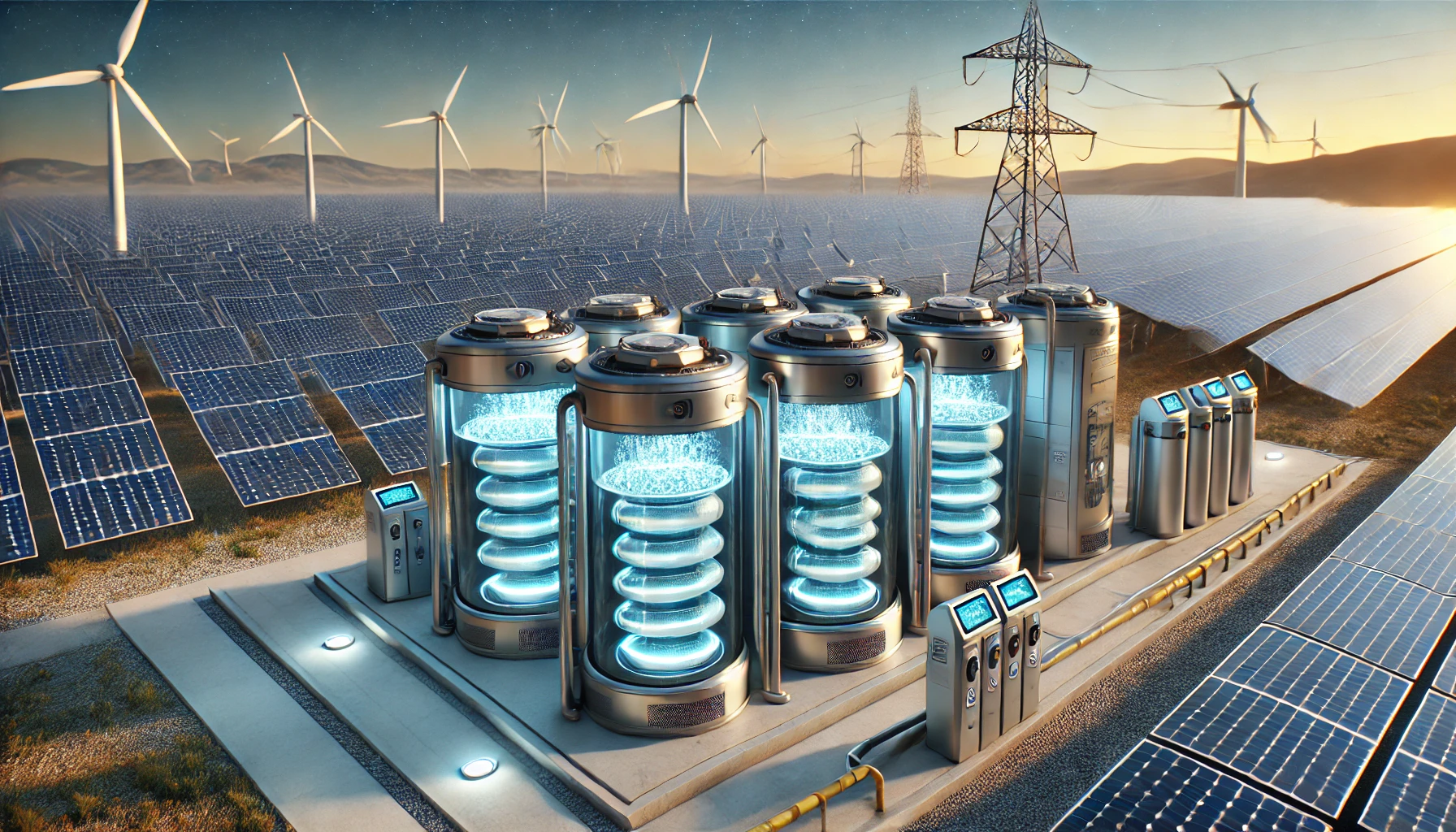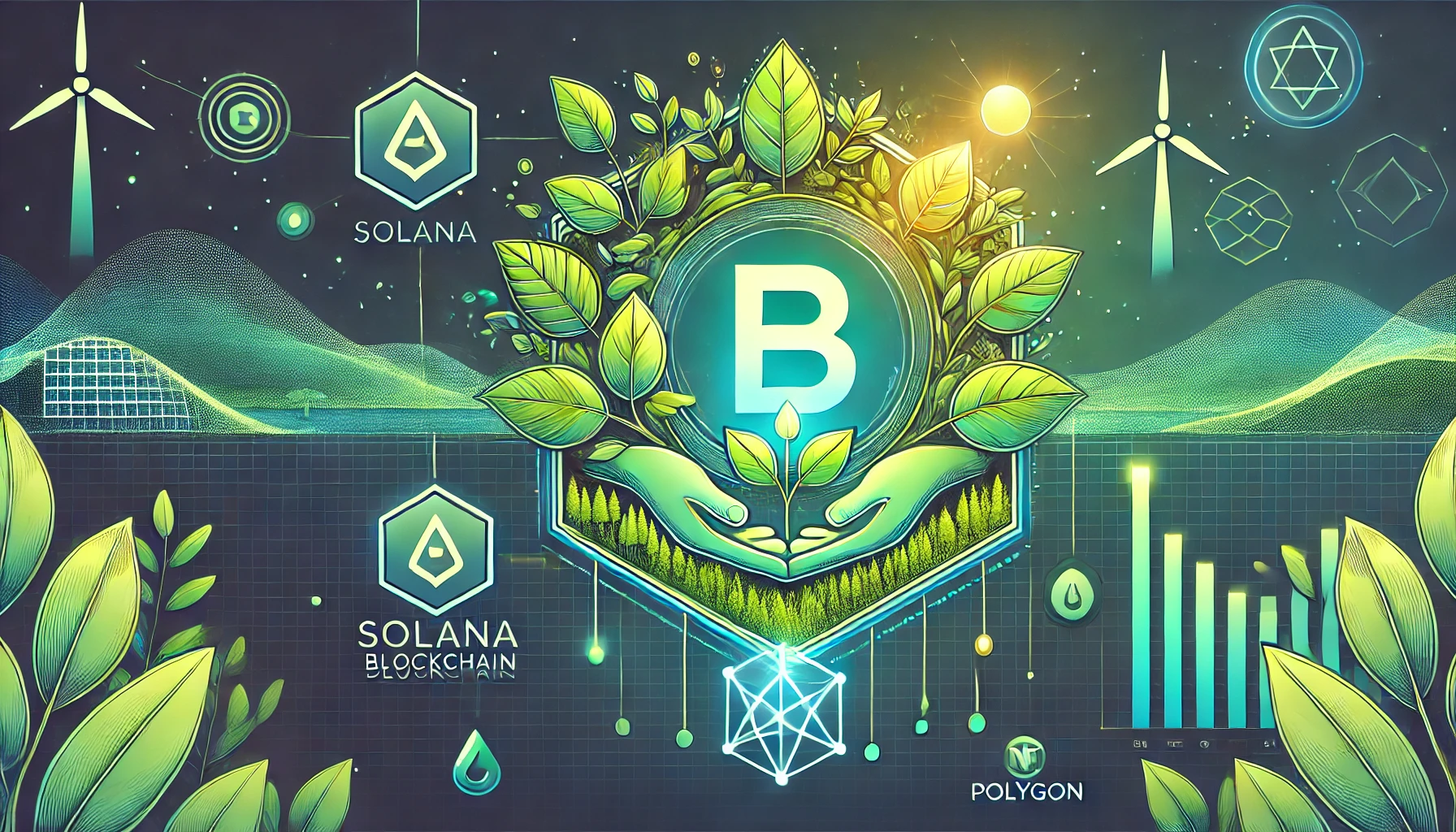The steel industry, a cornerstone of modern infrastructure, has long been associated with high carbon emissions. In fact, steel production is responsible for around 8% of global carbon dioxide emissions, largely due to its reliance on coal in the traditional blast furnace process. However, with growing awareness of climate change and the need to reduce greenhouse gas emissions, the steel industry is undergoing a green revolution. One of the most promising solutions lies in the development of “green steel” — steel produced using hydrogen and renewable energy sources to significantly reduce or eliminate carbon emissions.
What Is Green Steel?
Green steel refers to steel that is produced without relying on coal or other fossil fuels. Instead, it leverages hydrogen as a reducing agent in the steelmaking process, replacing carbon-based methods. When hydrogen is used in this process, it reacts with the iron ore to produce water (H2O) instead of carbon dioxide (CO2). This shift represents a major breakthrough in efforts to decarbonize the steel industry.
Additionally, green steel production often involves renewable energy, such as wind or solar power, to fuel the electric arc furnaces used in melting scrap steel. By combining hydrogen technology with renewable energy, green steel offers a pathway to significantly reduce the carbon footprint of the steel industry.
Why Is Green Steel Important?
As global efforts to combat climate change intensify, industries with high emissions are under increasing pressure to adopt cleaner technologies. The steel industry, as a major emitter, is a critical focus for achieving global carbon reduction goals. Green steel represents a practical solution to this challenge, with the potential to drastically cut emissions while maintaining the strength and quality of traditional steel.
Moreover, the demand for green steel is growing rapidly, as industries such as construction, automotive, and energy transition to more sustainable practices. For example, many automakers are seeking green steel to manufacture electric vehicles, and construction firms are turning to low-carbon materials to meet sustainability targets. Governments and private sector investors are also playing a role by incentivizing the development of green technologies, making green steel an attractive investment opportunity.
Hydrogen: The Key to Decarbonizing Steel
Hydrogen is at the heart of green steel production. When used as a reducing agent, hydrogen eliminates the need for carbon in the chemical reaction, thus eliminating carbon emissions. This innovation hinges on the production of green hydrogen — hydrogen generated using renewable energy. While producing green hydrogen at scale is still a developing field, the steel industry is already investing heavily in hydrogen technology.
Several leading steel producers, including those in Europe and Asia, have initiated pilot projects aimed at producing steel using hydrogen. These projects are designed to test the feasibility of green hydrogen and its potential for commercial-scale production. If successful, hydrogen-based steelmaking could drastically reduce the industry’s reliance on fossil fuels.
Renewable Energy in Steel Production
Another critical component of green steel is the integration of renewable energy into the production process. By powering electric arc furnaces and other essential equipment with renewable energy, the industry can further reduce its carbon footprint. In some cases, renewable energy is used in combination with green hydrogen to create a fully carbon-neutral production cycle.
Many governments are supporting this transition by providing subsidies and incentives for companies investing in renewable energy infrastructure. The European Union, for example, has launched initiatives to support green steel production as part of its broader efforts to become climate-neutral by 2050.
The Future of Green Steel
The push for green steel is still in its early stages, but the momentum is growing. Several industry leaders, including J.P. Morgan, have begun investing in technologies and startups focused on developing low-carbon steel solutions. These investments are part of a broader trend in which major financial institutions are supporting green technologies to help mitigate the risks of climate change.
In the coming years, we can expect to see further innovations in green steel production, particularly as the costs of green hydrogen and renewable energy decrease. Governments will also play a key role in promoting the adoption of green steel by setting stricter environmental regulations and offering financial incentives to industries that adopt sustainable practices.
Green steel represents a critical step toward reducing the steel industry’s environmental impact. By leveraging hydrogen and renewable energy, green steel offers a viable path for decarbonizing one of the world’s most carbon-intensive industries. As global demand for sustainable materials grows and governments prioritize climate action, the adoption of green steel will likely accelerate, transforming the steel industry and contributing to a more sustainable future.
The transition to green steel is not without challenges, particularly in scaling up production and reducing costs. However, the industry’s investment in innovative technologies and renewable energy offers a promising outlook. With continued research, development, and investment, green steel has the potential to revolutionize steel production and play a crucial role in global efforts to combat climate change.




